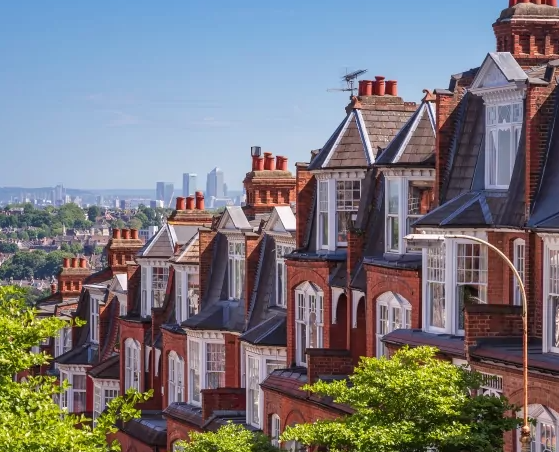Arrange a FREE meeting or
Don’t rely on a basic lenders valuation report: The valuation carried out by the lender is not really for your benefit, it is done on behalf of the lender and it is there to confirm that the property covers the value of the loan they are making on it.
Getting a more thorough survey has many benefits, and although there is a cost to it, the extra knowledge could literally save £000’s.
Imagine finding out a roof is in need of work or there are signs of subsidence or heave, unexpected works of this nature will quickly turn any dream home into your worst nightmare! Having this prior knowledge also puts a buyer in a very strong position to potentially renegotiate the purchase cost!
Here are the main differences between a RICS 2 and a RICS 3 report.
This is the report most commonly used by the majority of buyers. A HomeBuyers Survey/Report (otherwise known as a ‘Level 2 RICS Survey’) is a survey to find and document any problems in a property that could cause damage and need future repairs, such as damp or subsidence for example. A HomeBuyers Survey is carried out on homes that are in a reasonable condition and only checks for easily visible problems.
The HomeBuyer Report will not detail every single aspect of the building, but it can reveal issues that might impact the value of the property and need further investigation. It will include all major sections of a property that are visible to the surveyor, so they will not lift up floors or carpets and wiring will not be included.
What is included in a HomeBuyers Survey?
The HomeBuyers Survey includes:
A Homebuyers Survey is easily understood, and is written in plain English rather than technical jargon.

This is only really needed for certain properties. Once known as a Structural Survey, or a Building Survey, the Level 3 RICS Survey is an in-depth inspection of a property. It is the most comprehensive of the surveys available for residential properties, and will provide a detailed evaluation of a property’s condition.
The Level 3 survey report will describe the condition of each element of the house and identify the property’s defects, their apparent cause, the urgency of repair, maintenance options and may also include an approximate costs of repair.
Level 3 Surveys are needed for:
• A building inspection and a full survey report.
The survey will inspect all visible and accessible parts of a building, including roofs, walls, floors, windows and doors, chimneys, cellars, garages and outbuildings. Surveyors have a legal responsibility to discover and inform of any major problems with a property, so during the building inspection surveyors will actively search for potential problems and building defects.
This includes looking into cupboards and manholes, and an inspection of the services but it does not, however, investigate enclosed or concealed parts of a building, such as sealed roof spaces. You can request that certain areas are included to cover particular concerns that you may have about the property. In contrast to the HomeBuyer Report (Level 2 Survey), there is no specific format for the Level 3 survey report, so the surveyor is able modify a Building Survey to your needs.
If you wish to have a property valuation included in your survey you will need to tell the surveyor. However, if the surveyor you use for the Survey is approved by your mortgage lender, it can be used instead of a mortgage valuation.

Click the ‘Book an Appointment’ button at the top of the page to get in touch.


Clarity Wealth Management LLP is authorised and regulated by the Financial Conduct Authority. No: 575252
Registered in England and Wales as a limited liability partnership. No: 0C371189
Your home is at risk if you do not keep up repayments on a mortgage or other loan secured on it.